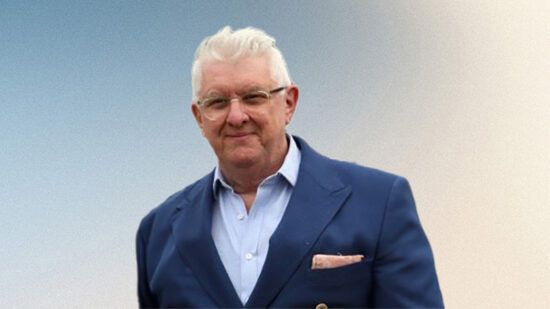The Investment Company Institute, the leading trade association for U.S. mutual fund companies, is racing to define ESG investing to help consumers understand more broadly what they are actually getting from the sustainable and socially responsible funds.
ESG funds have a wide variety of themes and strategies, whether that’s fossil free, low carbon, ethical, sustainable, gender-focused or impact-tilted. Mutual fund companies say that has led to some confusion when an investor goes to buy a fund. An ethical fund might include some oil companies, or a low-carbon fund could make an exception for clean coal.
“If you throw everything in one big bucket, nobody really knows what you’ve got,” said Barbara Novick, vice chairman and co-founder of BlackRock Inc., which is supporting the work being led by the Investment Company Institute. “When we talked to clients or anyone interested in ESG investing, what we found was that the definitions of ESG were all over the map, and just saying something is a sustainable investment doesn’t really create a whole lot of meaning.”
The ICI’s working group of senior industry executives has settled on three buckets for environmental, social and governance funds.
- “ESG exclusionary,” which includes funds that simply eliminate stocks based on values, such as being fossil-free or tobacco-free
- “ESG inclusionary,” which refers to funds that use ESG information to select what stocks to include in their portfolios, such as companies with the highest ESG scores in their industry.
- “Impact investing,” which refers to funds with a specific environmental or social theme, such as green bond funds or clean energy funds.
Novick sees the definitions as similar to the way that investors defined small-cap growth funds or large-cap value funds several decades ago. “You wouldn’t say today that all equity funds are just one big kind of fund,” she said.
The move to better define ESG assets comes amid a surge in ESG investing globally. At the end of 2018, more than $30 trillion was allocated to funds that use some kind of ESG criteria, but that broad definition includes funds that simply avoid weapons and tobacco companies, along with other funds that have complex ESG integration strategies.
Since the coronavirus, ESG funds have attracted even more assets amid increasing demand for climate-aware and socially conscious funds. Inflows to ESG-focused exchange-traded funds are up $30 billion year-to-date, according to data compiled by Bloomberg.
The push for clarity from the industry is occurring as regulators consider taking action. In March, the U.S. Securities and Exchange Commission said that it was seeking to clarify rules for ESG funds that are causing investor confusion in the marketplace. U.S. regulations require a fund’s name to broadly match the type of assets it is investing in. The European Union’s sustainable finance taxonomy may end up regulating how indexes and funds use words like “green” and “sustainable” by 2022.
The goal is to help investors better understand what they’re getting and the performance of different kinds of strategies, so that they can hold their money managers accountable for the returns they are getting.
“To mobilize capital at scale, we need a common understanding of what to expect from different types of strategies,” said Huw van Steenis, chair of UBS’ sustainable finance committee. The asset manager said this week that its clients increased sustainable investments last year by more than 56% to $490 billion.








